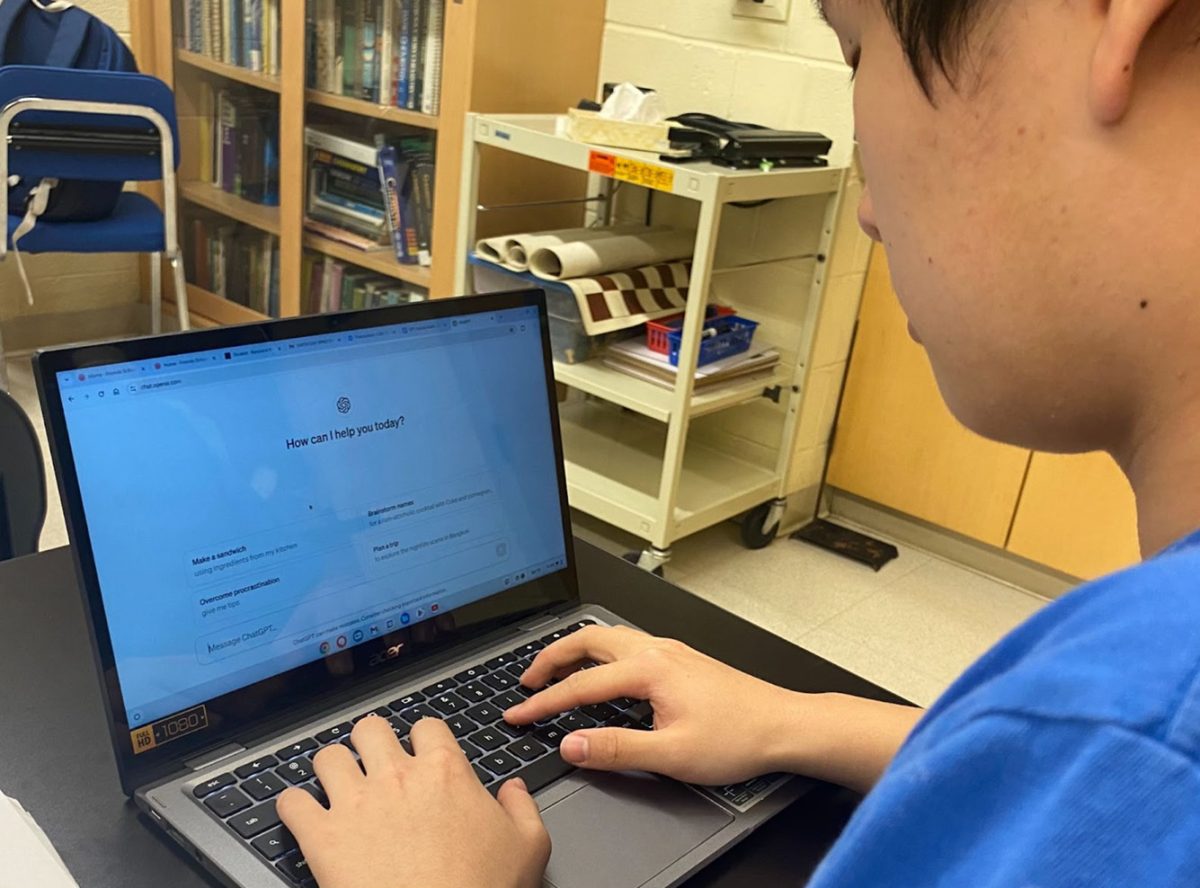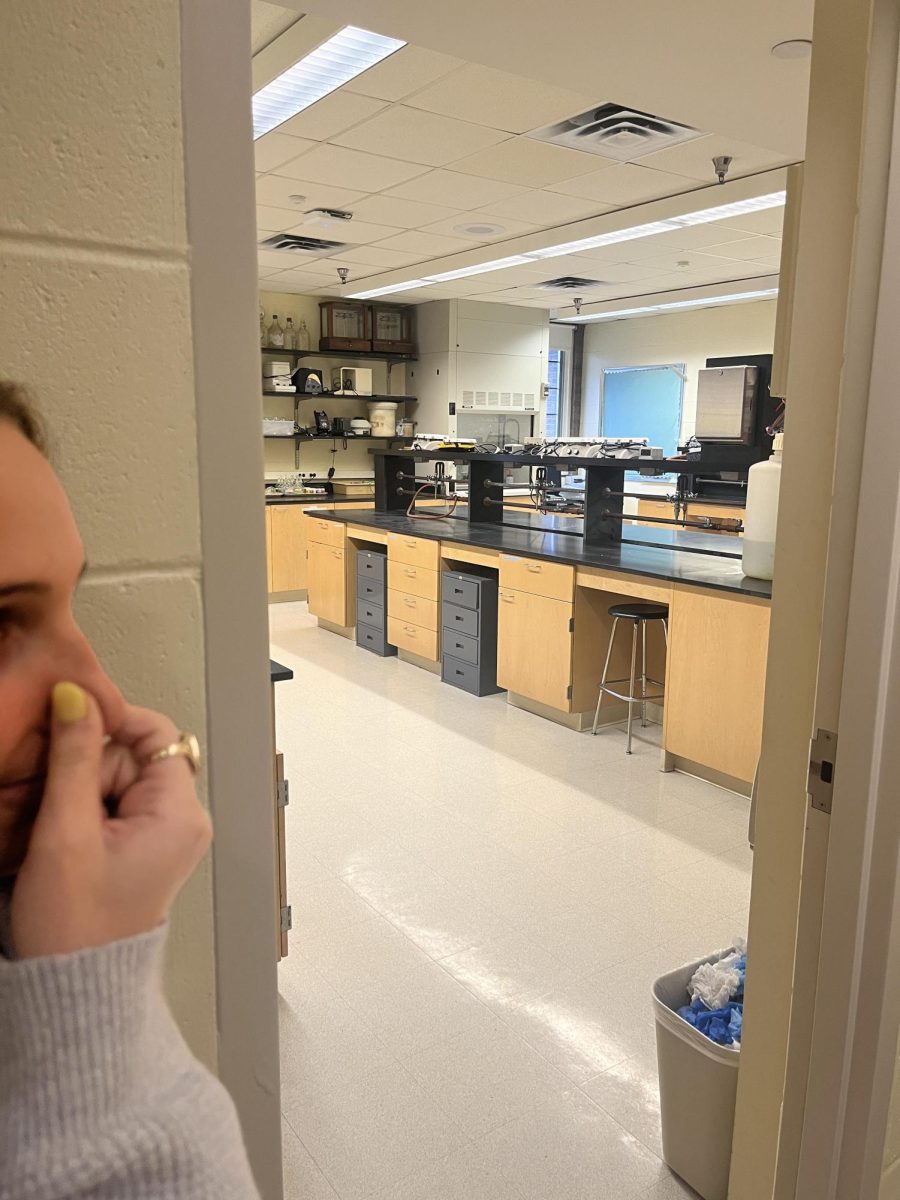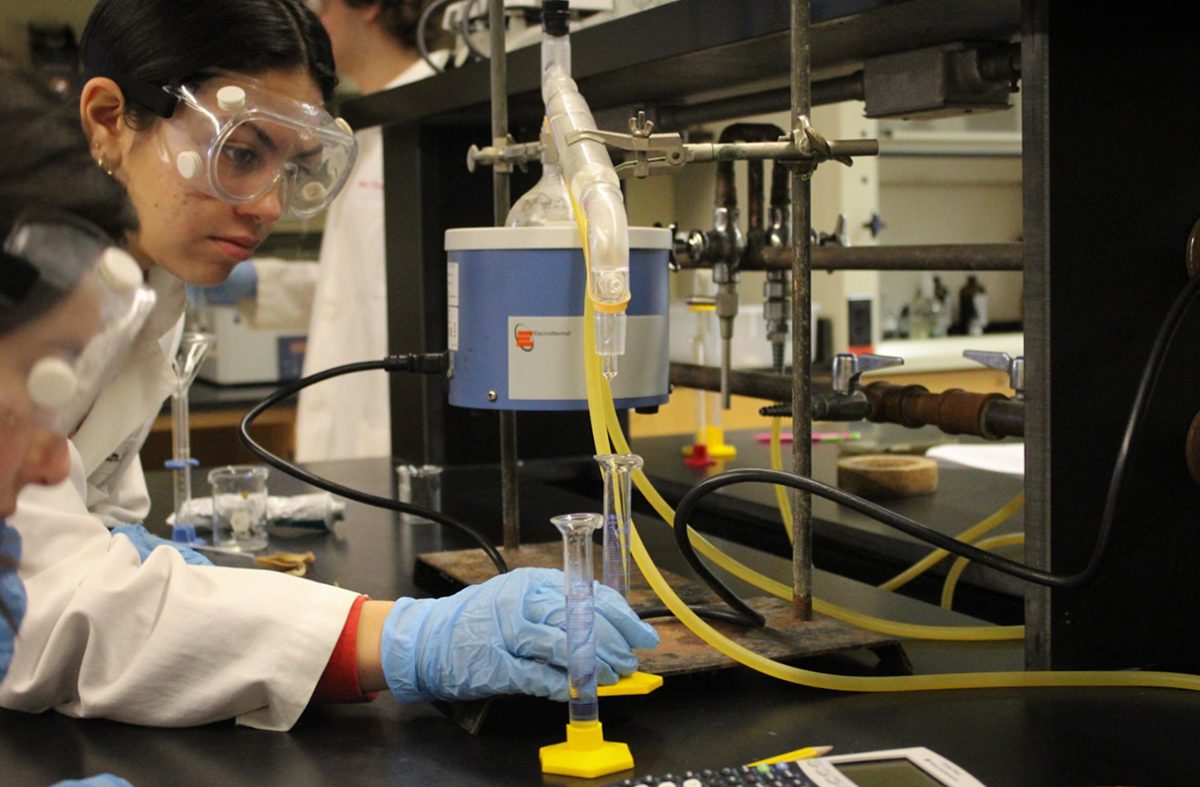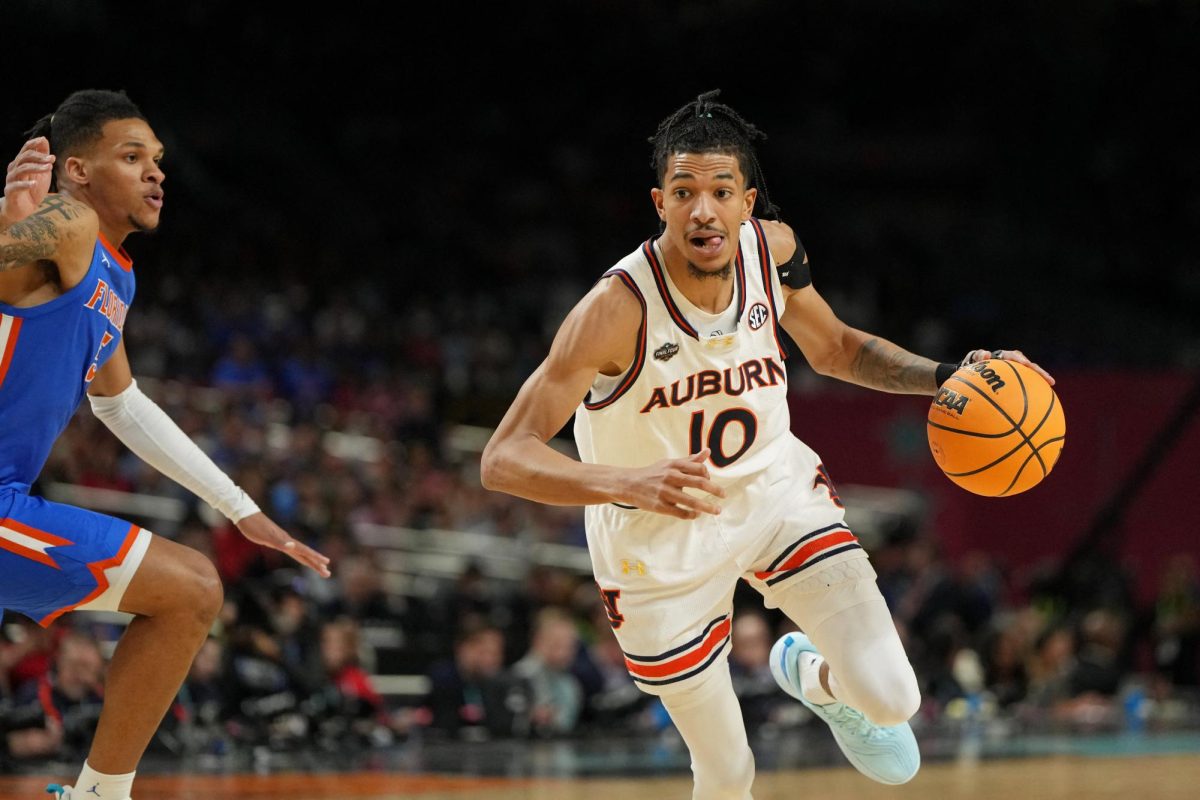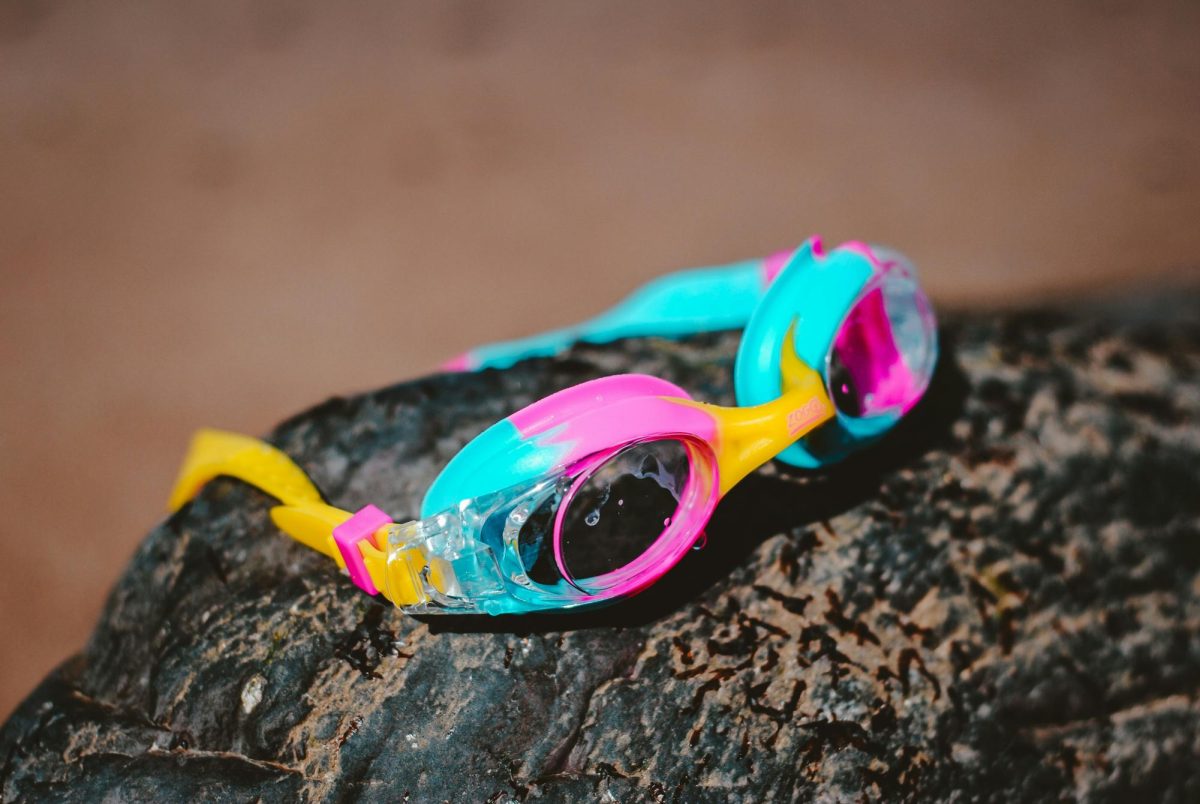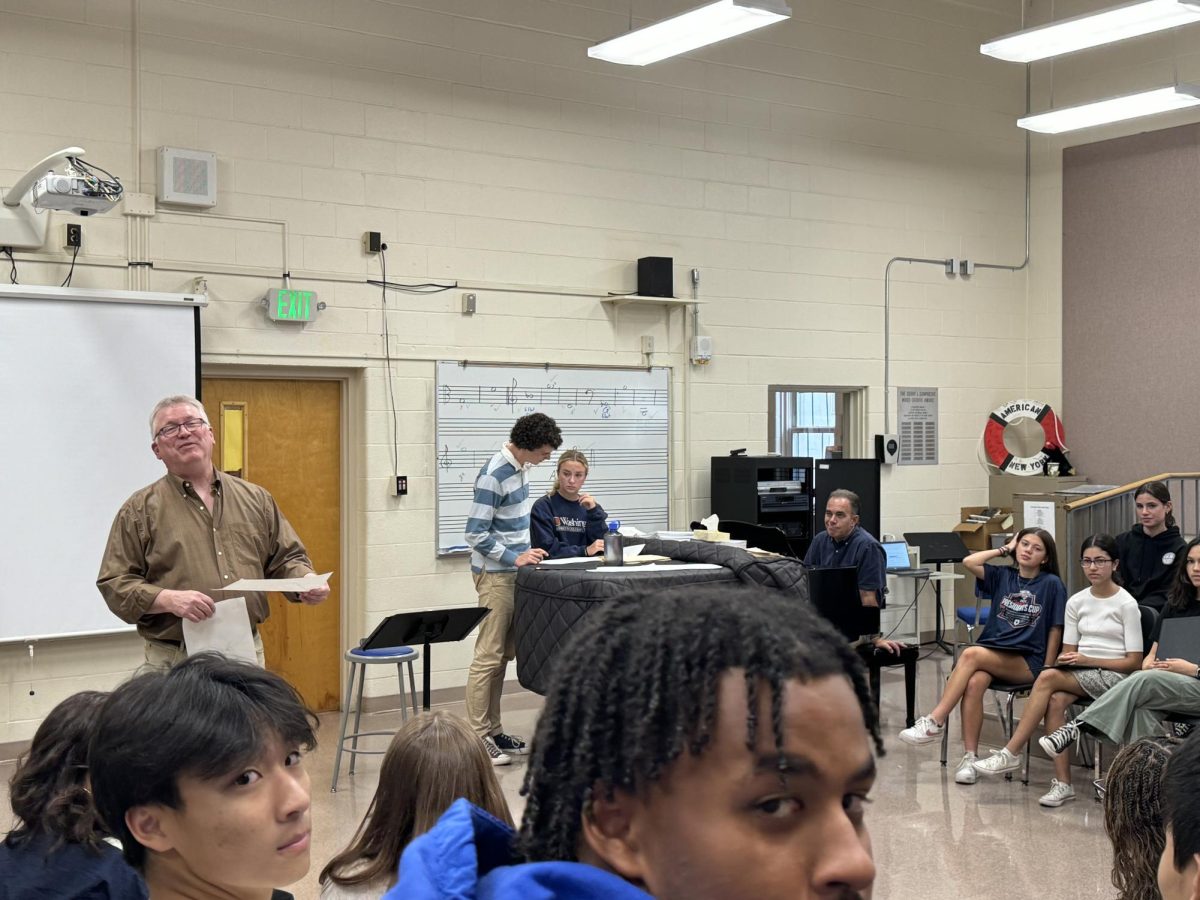Brief: Inside Deadly Hurricane Ian
Friends School’s amateur meteorologist considers the terrible storm and its implications
October 10, 2022
Hurricane Ian is the second deadliest hurricane to strike the United States in the 21st century. It’s Florida’s most deadly hurricane since the 1930s.
What made this particular storm so much worse than others? Is it just bad luck that a major hurricane would aim directly at Florida? Or is climate change to blame?
Forming from a tropical wave just east of the Windward Islands, Tropical Storm Ian intensified rapidly before striking Cuba as a vicious category three hurricane. Ian then crawled into the Gulf of Mexico, aiming for the west coast of Florida as it gathered strength.
It made landfall near Florida’s Pine Island as a category four, boasting 155 mph winds and a huge wind field. The worst of it hit Fort Myers Beach perpendicularly, inducing up to 15 feet of storm surge.
Terrifying videos, like the one at right taken by storm chaser Max Olson, show houses being swept off their foundations by the oncoming wall of water.
According to ABC News, at least 117 people lost their lives in Florida. Almost all of them drowned.
Since there are hurricanes every year, we can’t outright blame climate change for Hurricane Ian. But we can think of Ian as another data point that suggests climate change is responsible for these storms’ growing strength.
Warmer water gives tropical cyclones more energy than cooler water – and warmer waters on a global scale will invite changes in weather patterns across the globe.
Perhaps these changes will bring increased wind shear, which would shred future hurricanes to pieces. Or perhaps they won’t, which would allow super-fueled hurricanes to become stronger than ever before. Only time will tell.



![A Phone Ban at Friends? [Podcast]](https://thequakerquill.org/wp-content/uploads/2025/05/magenta-VrRT19_ZjUY-unsplash-1200x900.jpg)







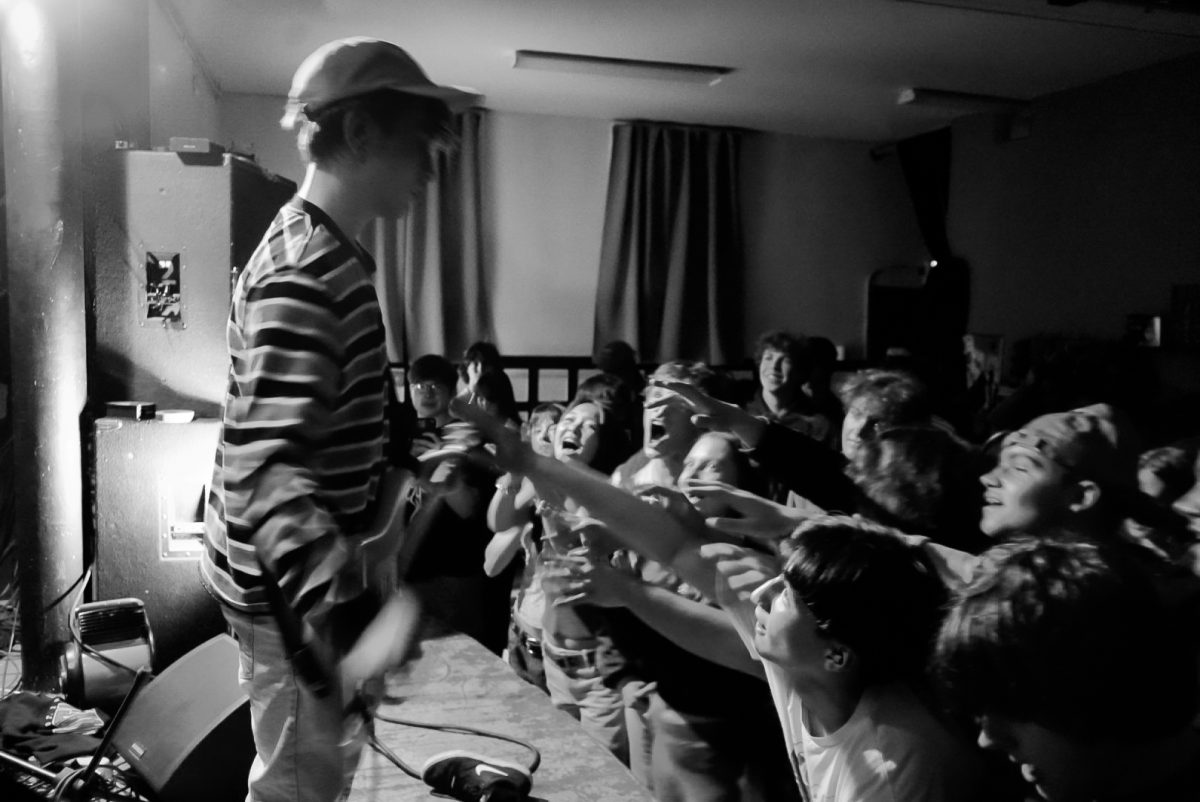

![How Freestyle Club Began [Podcast]](https://thequakerquill.org/wp-content/uploads/2025/05/charly-alvarez-Jv9untmB7G4-unsplash-1200x800.jpg)


